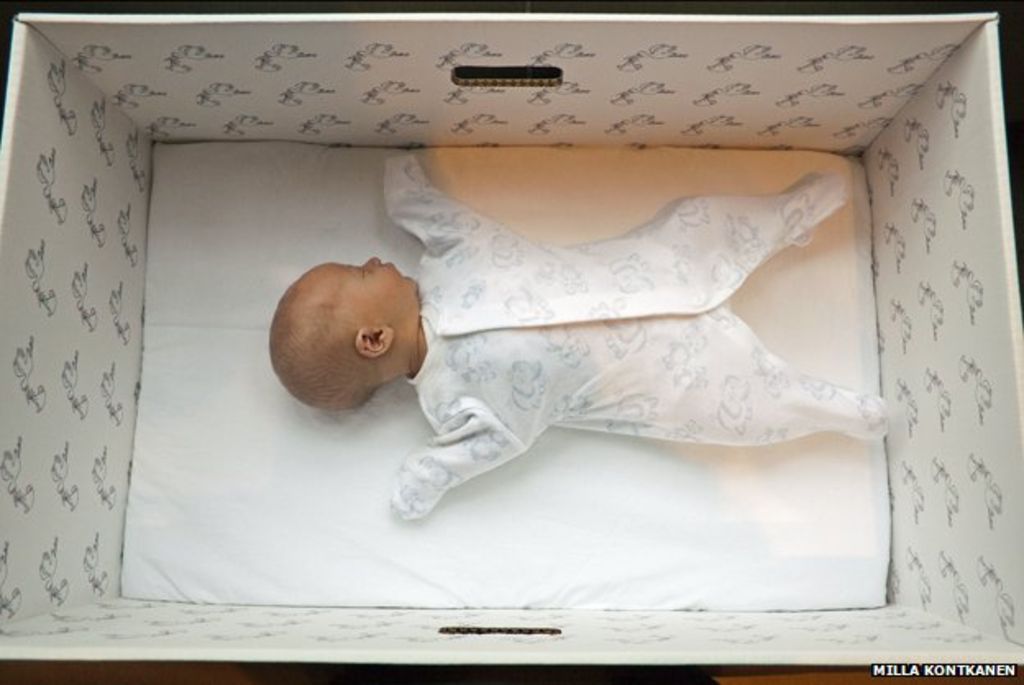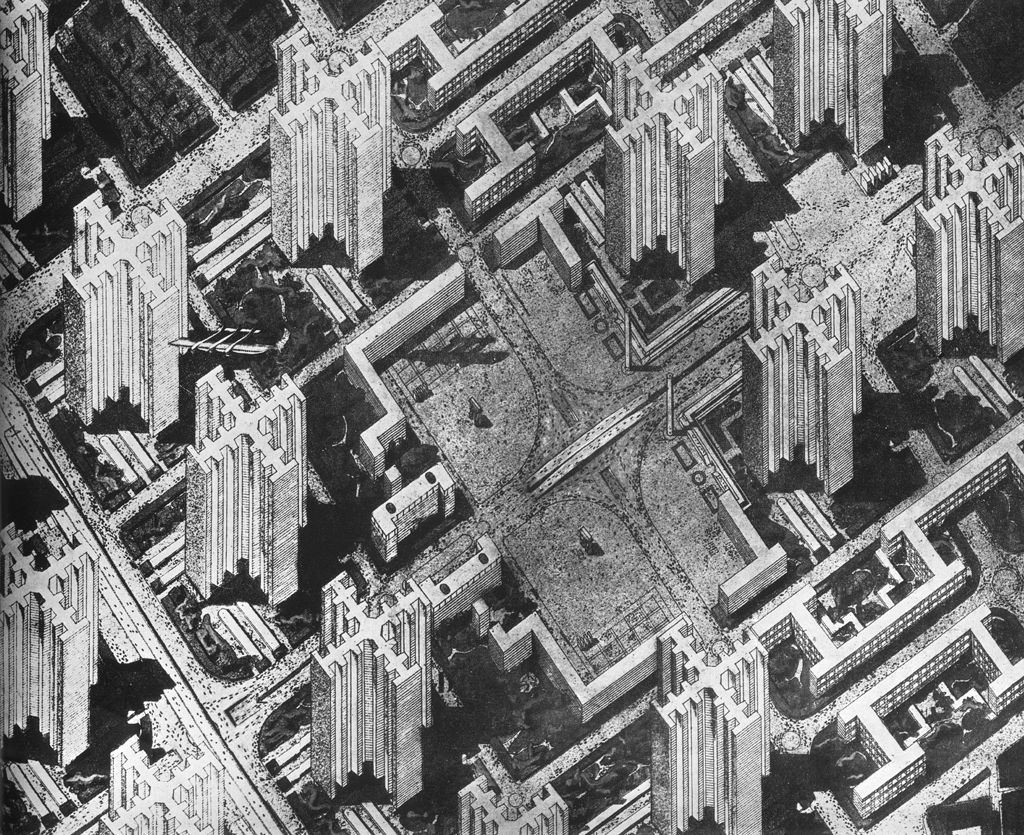Freedom: Baby Boxes and Corbusier
The box allows for the simple translation of regulations; that is, it allows itself to be read as such. In so far as regulations exist to encourage demonstrations that they are being followed, the box is the penultimate outcome: the architectural equivalent of the model citizen. Allowing for the easy reconstruction of each design decision that goes into it, the box is the ideal subject for bureaucratic scrutiny. (The fact that most bureaucrats work in one probably helps.) Safety is key; the box’s fundamental creativity lies in how it allows for the elimination of risk. In the same way in which the computer systems of a car force drivers to remain within certain limits, the box allows the creativity of designers to be contained. It allows the possibility for co-drivers. Whenever we stray beyond its confines, an invisible second hand simply overrules our decisions. The box is a form that effortlessly surrenders to criteria other than our own. Still, it is a form, and as such, it allows us to retain the notion of the architect as its author. The box is the perfect preemptive strike against our own marginalisation. The more prescriptive the functional requirements, the more the box approaches its ideal state. Not in its guise as the office or the industrial warehouse, but as the still more anonymous form of the parking garage is the box at its most profound (closely followed by the budget hotel).

In Finland, ‘baby boxes’ are given to expectant mothers by the state.

The Plan Voisin is a solution for the center of Paris, drawn between 1922 and 1925 by Le Corbusier. The plan for 1925 seems to be a direct transposition of the diagram of Contemporary City for three million drawn in 1922